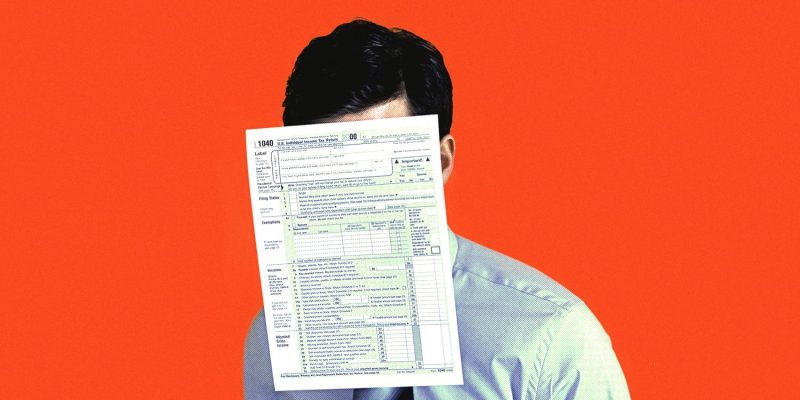The process of filing taxes can be a daunting task for many people. From gathering the necessary documents to understanding complex tax laws, it can be both time-consuming and confusing. However, there is another aspect to consider when it comes to filing taxes – the cost.
Recent changes in tax laws and regulations have resulted in higher tax filing costs for many individuals and businesses. These increased costs can take a significant bite out of your potential tax refund, leaving you with less money in your pocket. In this article, we will explore how higher tax filing costs could affect your refund and what steps you can take to minimize these expenses.
One of the major factors contributing to the rise in tax filing costs is the sheer complexity of the tax code. As tax laws become more intricate, tax preparation software programs and professional tax advisors must invest more time and effort into understanding and navigating these regulations. This increased complexity often translates into higher fees charged by tax preparers or higher prices for tax software.
Furthermore, changes in tax laws can also result in additional compliance costs for businesses. For instance, businesses may need to invest in new software or hire specialized tax professionals to ensure they are in compliance with the latest regulations. These additional expenses can add up quickly and ultimately decrease the amount available for tax refunds.
Moreover, the Internal Revenue Service (IRS) has been experiencing budget cuts in recent years, resulting in reduced customer service and support. The IRS’s limited resources can lead to longer wait times for assistance, delays in processing tax returns, and increased chances of audits. As a result, individuals and businesses may find it necessary to hire professional tax help to navigate through potential IRS issues, further increasing tax filing costs.
To mitigate the impact of higher tax filing costs on your refund, there are several steps you can take. First and foremost, stay informed about changes in tax laws and regulations. Understanding these changes can help you make informed decisions and may prevent costly mistakes.
Consider using online tax filing software that offers competitive pricing options. Many software programs provide free or low-cost filing options for simple tax situations. Make sure to explore multiple software solutions to find the one that fits your needs and budget.
If your tax situation is more complex, consider utilizing the services of a certified public accountant (CPA) or enrolled agent (EA) who specialize in tax preparation. While their services may be more expensive upfront, their expertise can potentially save you money in the long run by maximizing your deductions and minimizing errors.
Additionally, take advantage of available tax credits and deductions. Make sure to research and identify all the tax-saving opportunities that apply to your situation. This proactive approach can help offset some of the higher tax filing costs, ultimately increasing your potential refund.
It is also important to keep in mind that tax laws and regulations may vary from year to year. Therefore, it is crucial to stay up-to-date on any potential changes that could impact your tax filing costs in the future.
In conclusion, the rising costs of tax filing can significantly reduce your potential tax refund. The complexity of tax laws, additional compliance costs for businesses, and limited IRS resources all contribute to these higher expenses. To minimize the impact on your refund, stay informed, consider cost-effective tax software or professional help if needed, and make use of available tax credits and deductions. By taking these steps, you can help mitigate the effect of higher tax filing costs on your wallet.


